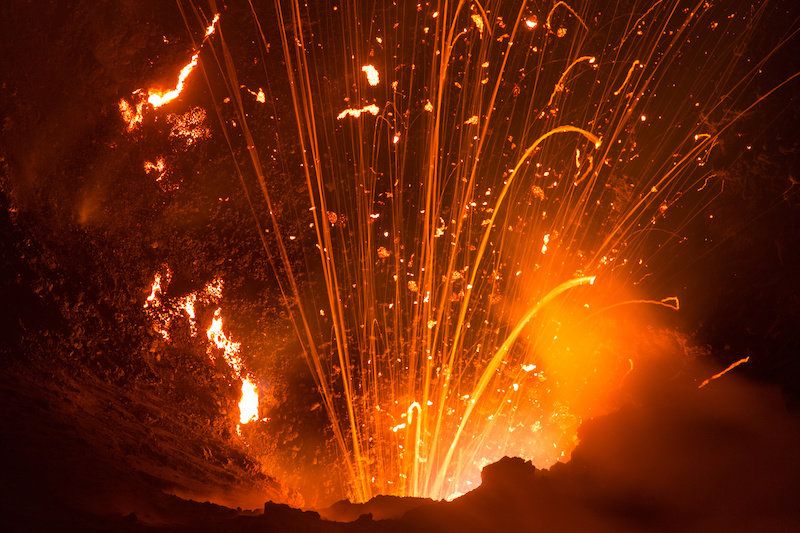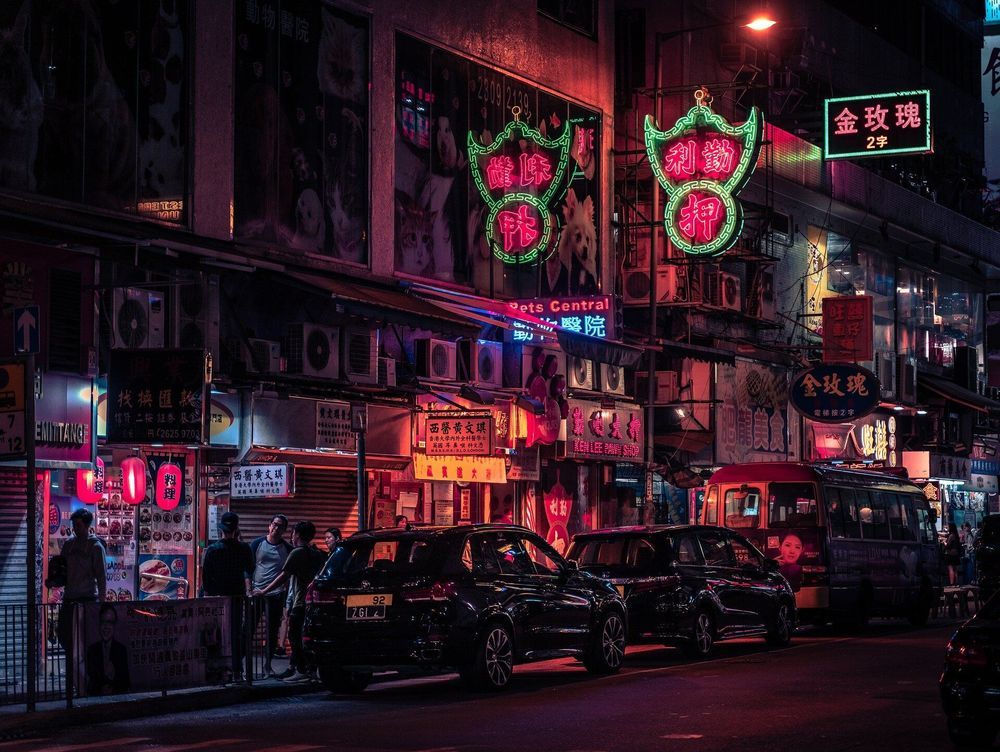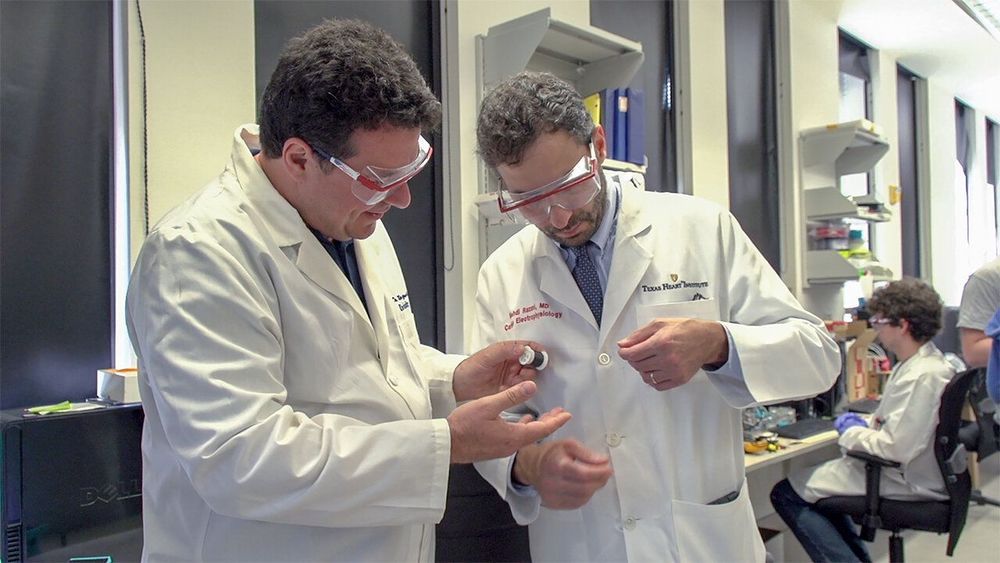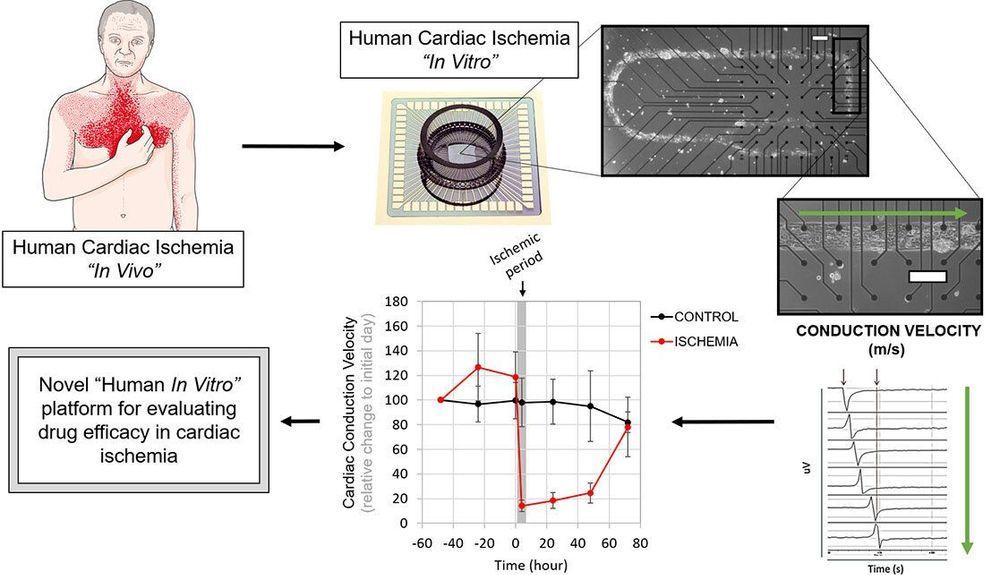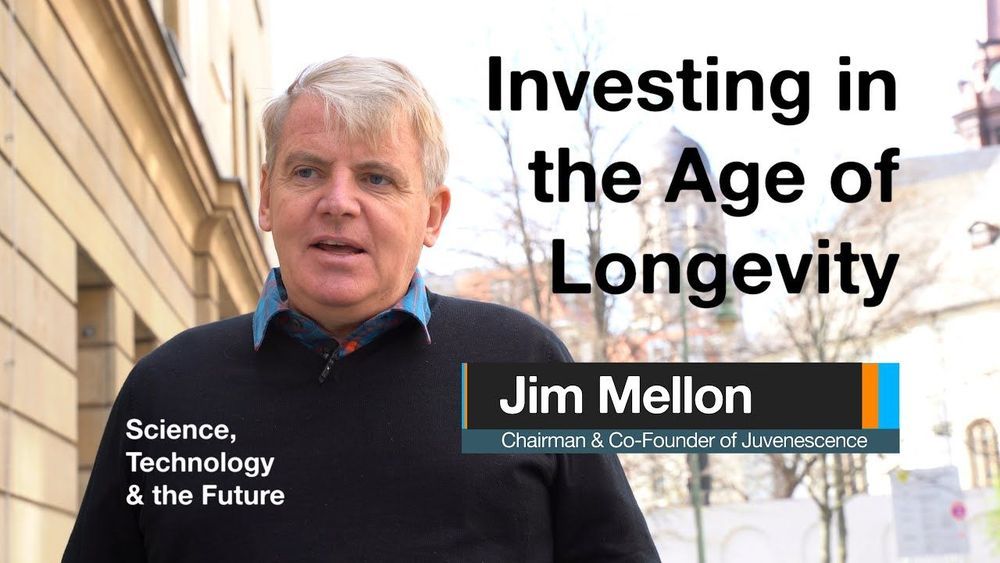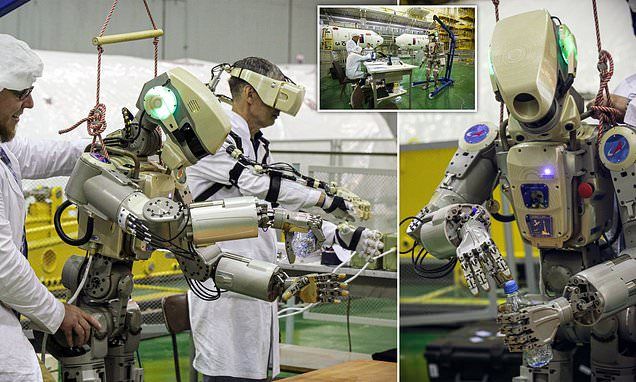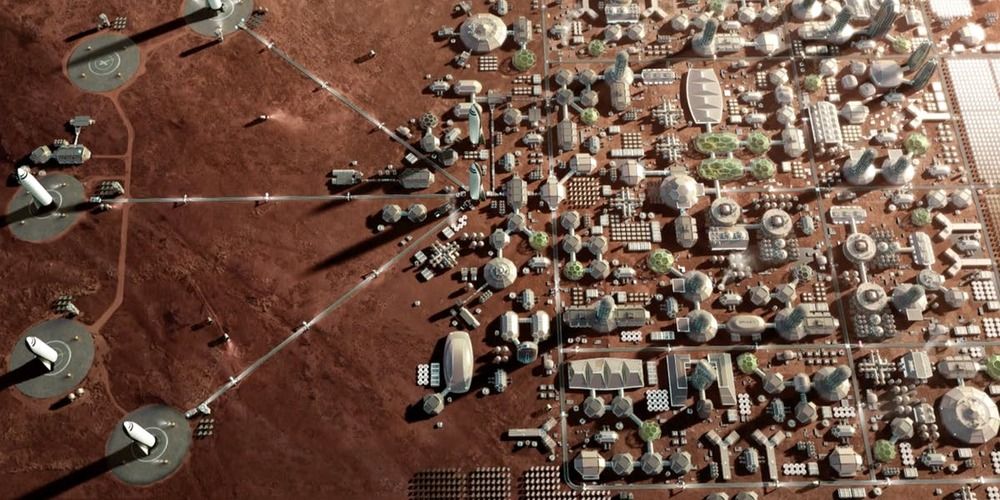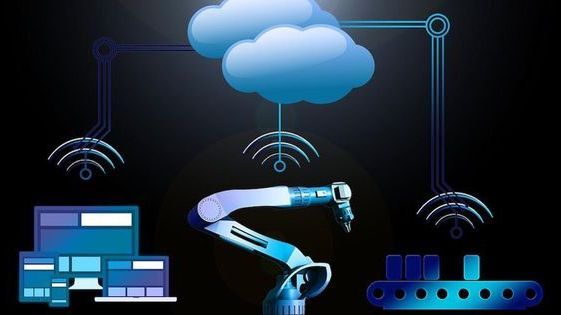Aug 13, 2019
Jurassic world of volcanoes found in central Australia
Posted by Genevieve Klien in category: biotech/medical
An international team of subsurface explorers from the University of Adelaide in Australia and the University of Aberdeen in Scotland have uncovered a previously undescribed ‘Jurassic World’ of around 100 ancient volcanoes buried deep within the Cooper-Eromanga Basins of central Australia.
The Cooper-Eromanga Basins in the north-eastern corner of South Australia and south-western corner of Queensland is Australia’s largest onshore oil and gas producing region of Australia. But, despite about 60 years of petroleum exploration and production, this ancient Jurassic volcanic underground landscape has gone largely unnoticed.
Published in the journal Gondwana Research, the researchers used advanced subsurface imaging techniques, analogous to medical CT scanning, to identify the plethora of volcanic craters and lava flows, and the deeper magma chambers that fed them. They’ve called the volcanic region the Warnie Volcanic Province, with a nod to Australian cricket legend Shane Warne.
